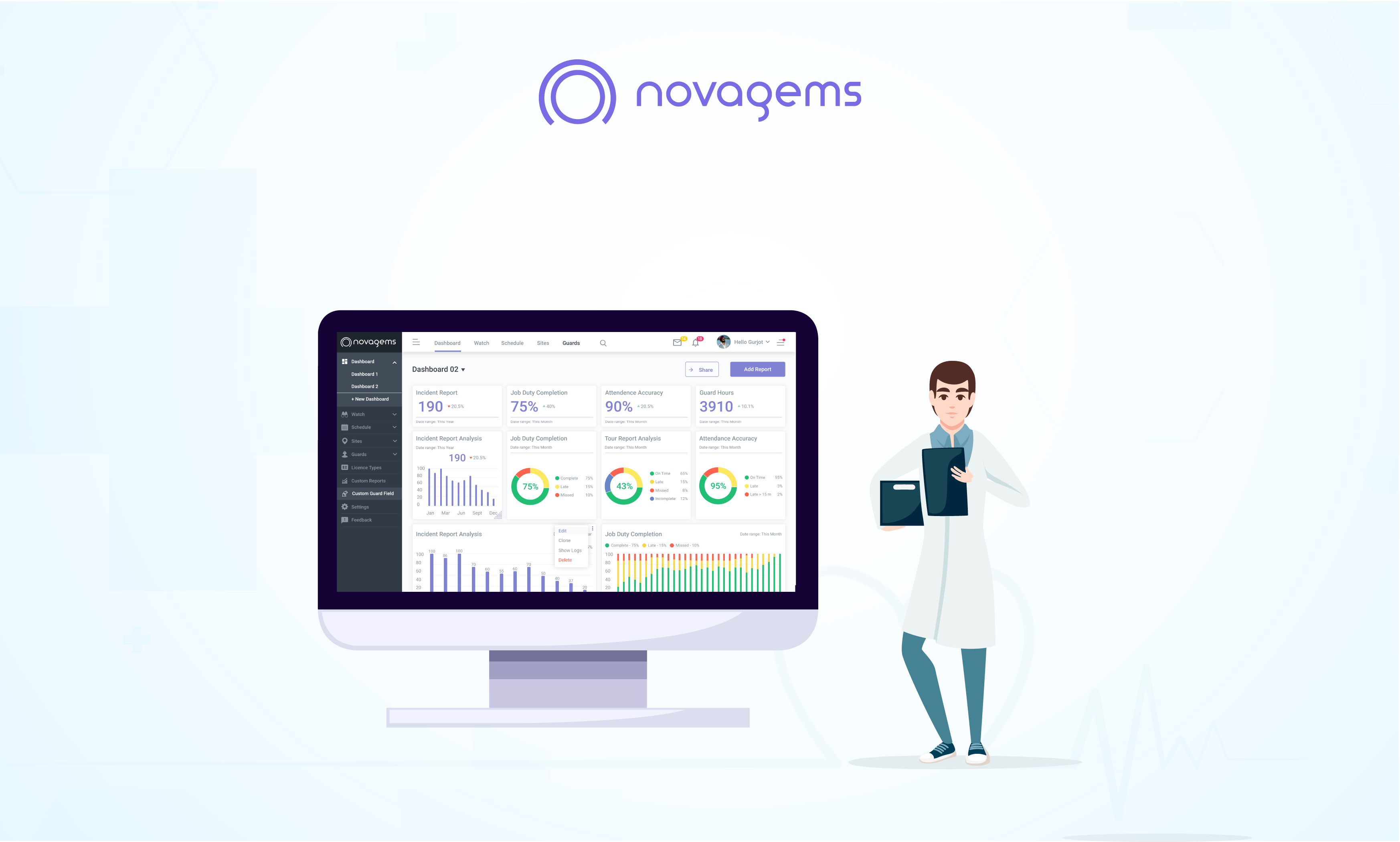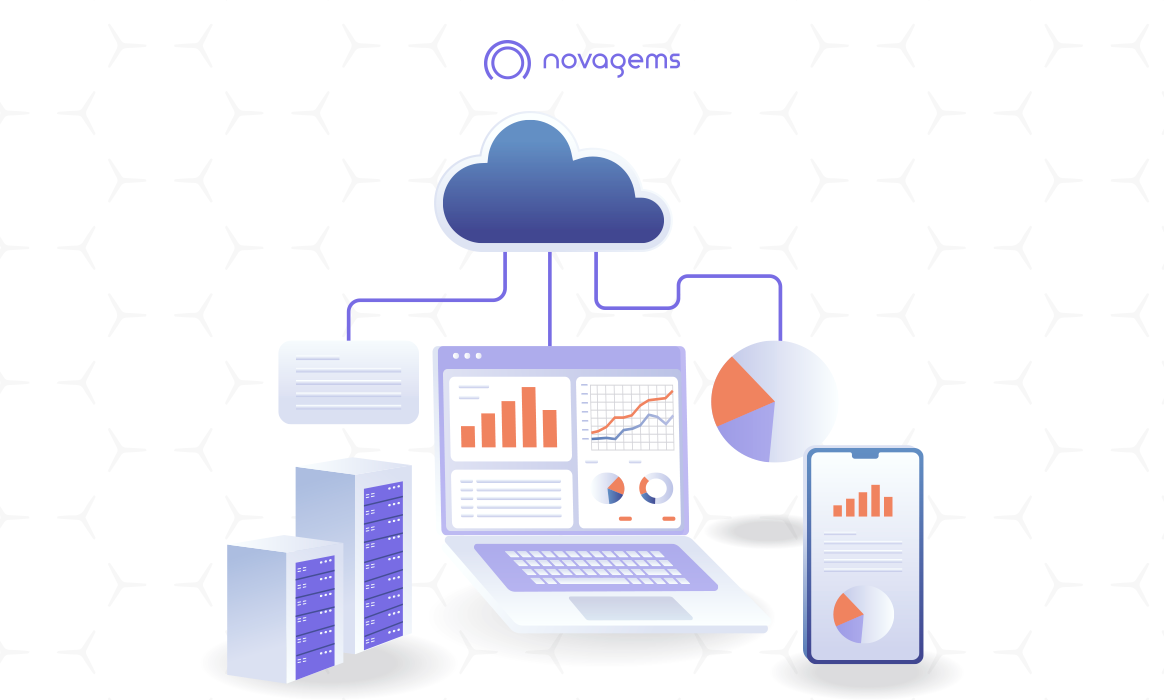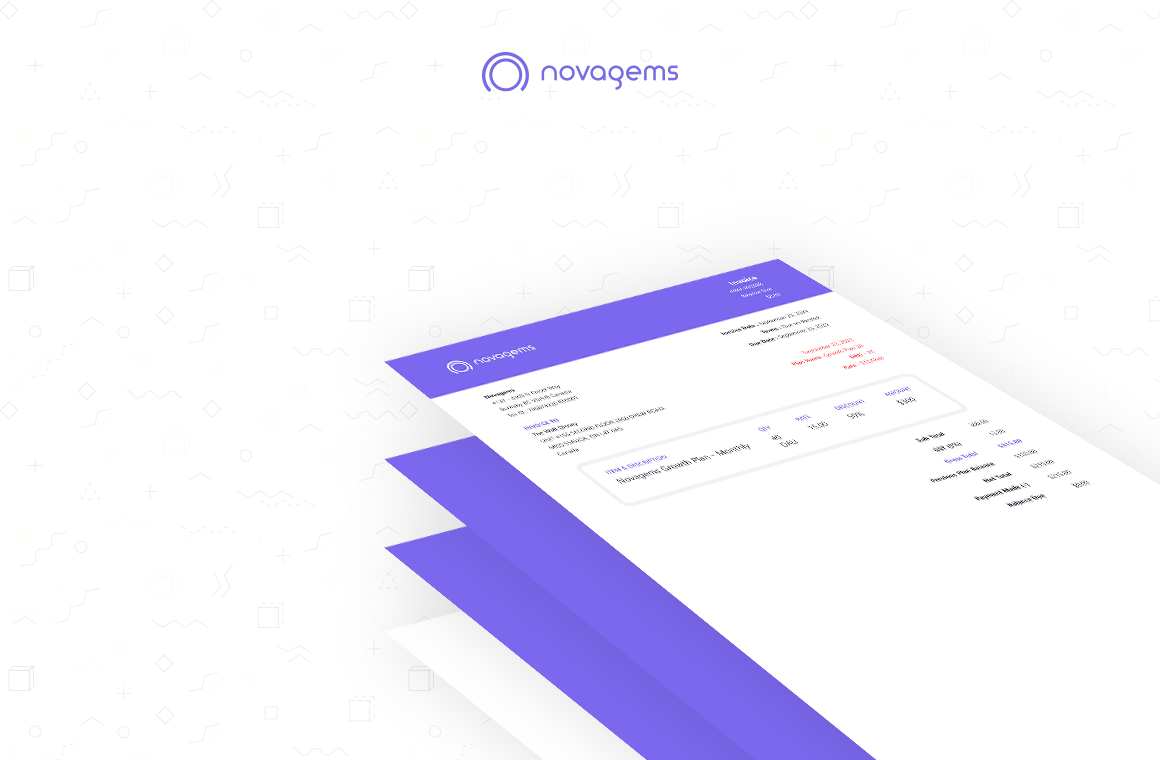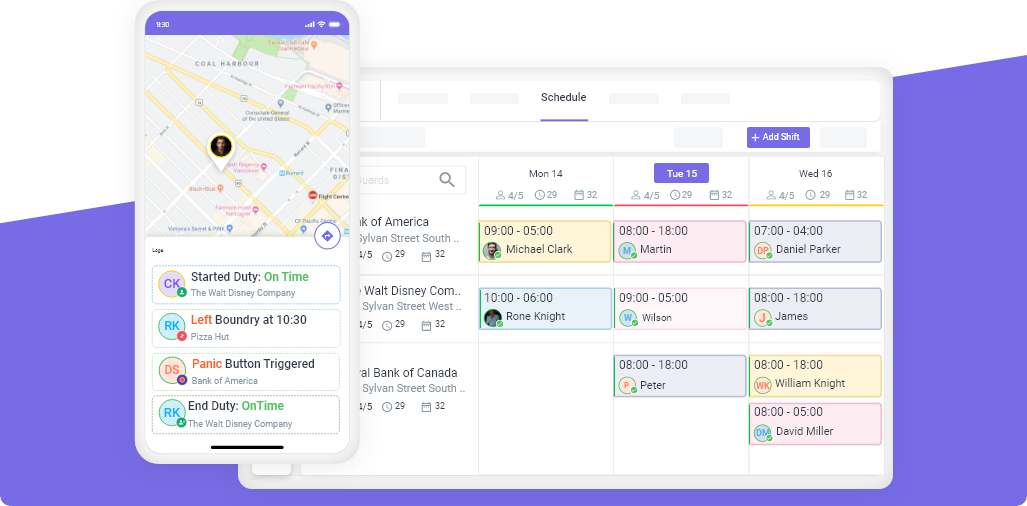Electronic Health Records (EHR) Optimization
Mon, Aug 14, 2023
Read in 7 minutes
Learn how to enhance usability, improve clinical workflows, and ensure data accuracy. Explore strategies for refining interoperability, performance, and patient engagement in EHR systems. Stay compliant with regulations while maximizing the potential of optimized EHR for efficient patient care.

Healthcare industry is always under stress and facing some issues or other in their day to day operations. With the invention of technology, some burden has been taken off from their shoulders as systems are more digitized and accurate in providing the data that can help them in making correct decisions. Maintaining records has always been important in the healthcare industry. Before when they used to handle them manually, it was a task but now they can easily maintain millions of data digitally.
And what do we call this in healthcare terminology? Electronic Health Optimization.
Electronic Health Records (EHR) optimization refers to the process of improving, refining, and maximizing the benefits of an existing electronic health record system within a healthcare organization. EHRs are digital versions of patient medical records that contain comprehensive health information, such as medical history, diagnoses, medications, treatment plans, test results, and more. EHR optimization aims to enhance the usability, efficiency, and overall effectiveness of the EHR system for both healthcare providers and patients.
Benefits Of EHR Optimization
The goal of EHR optimization is to go beyond the initial implementation of an EHR system and address any challenges, inefficiencies, or issues that may have arisen during its usage. EHR optimization goes beyond the initial implementation, focusing on enhancing the entire healthcare experience.

Streamlined Clinical Workflows:
Optimized EHR systems simplify and expedite clinical processes. By fine-tuning the user interface and optimizing data entry, healthcare professionals can spend less time navigating the system and more time focusing on patient care. With a better EHR system improvement you can easily maintain a large sum of data at a centralized platform so that it can be stored easily and is easily accessible to everyone.
Improved Patient Care:
With access to accurate and up-to-date patient information, healthcare providers can make more informed decisions, leading to enhanced diagnoses and treatment plans. This directly contributes to improved patient outcomes and satisfaction. Improving patient care with EHR is the main focus in the healthcare industry now as they need to take care of the employees as a priority.
Enhanced Usability:
EHR optimization involves tailoring the system to fit the specific needs of healthcare professionals. Customized templates and user-friendly interfaces reduce clicks, minimize errors, and improve overall usability. Enhancing EHR usability is the top concern as the users need to understand the importance of EHR optimization.
Interoperability and Data Exchange:
Interoperability is key to successful healthcare outcomes. Optimized EHR systems facilitate seamless data exchange between different healthcare providers, ensuring continuity of care and reducing duplication of tests and procedures.
Performance Boost:
EHR systems optimized for speed and responsiveness enhance efficiency by reducing waiting times and improving the overall user experience. Healthcare professionals can access patient data quickly and provide timely care. With a proper EHR data analytics you can keep a check on the employees’ performance as well. You have the data in a centralized area then you can easily analyze the pain points where your employees are lacking.
Challenges And Issues
Complex Implementation Process:
EHR optimization involves various technical and operational aspects, making the implementation process complex. Integrating new features, refining interfaces, and ensuring data accuracy require careful planning and execution. To tackle this, healthcare organizations should adopt a phased approach to implementation, focusing on one aspect at a time to minimize disruption. EHR implementation is a long and tedious process and that can be the cause of delay as well.
Interoperability Issues:
The lack of standardization across different EHR systems can hinder data exchange between healthcare providers. Interoperability challenges can lead to incomplete patient records and communication gaps. Healthcare organizations should work towards adopting interoperability standards and collaborating that prioritize compatibility and data sharing.

Data Security And Privacy:
Optimized EHR systems deal with sensitive patient information, raising concerns about data security and privacy breaches. Ensuring compliance with regulations like HIPAA is critical. Implementing robust security measures, encryption protocols, and access controls can mitigate risks and build patient trust. Electronic health records enhancement can only be achieved if the data is secure as the records contain sensitive data.
Data Migration And Conversion:
Transitioning from legacy systems to an optimized EHR can pose data migration challenges. Ensuring that historical patient data is accurately migrated and converted to the new system is crucial for maintaining continuity of care. Collaborating with experienced IT professionals and data migration experts can mitigate data loss or corruption risks.
User Resistance
One of the most significant challenges is resistance from healthcare professionals to adopt changes in their workflow. Shifting from familiar processes to an optimized EHR system can be met with resistance due to concerns about increased workload or a learning curve. As EHR implementation is gaining significance nowadays it is facing some challenges and resistance as well. Enhancing EHR usability may be the topmost priority of the organizations but at the same time they need to align it with their employees’ concerns as well.
Training Is Draining
Proper training and education are essential to ensure that users are comfortable with the new system. Offering comprehensive training sessions and ongoing support can mitigate resistance and improve user acceptance. EHR optimization is an ongoing process, you have to train your staff so that they can understand the process well enough to reach maximum productivity. Have a chat with your employees if they are facing any issues.
Strategies For EHR Optimization
By fine-tuning and maximizing the capabilities of EHRs, healthcare organizations can achieve higher efficiency, improved patient outcomes, and streamlined operations.
Assess Your Current System
The first step is to assess your current EHR system and identify areas where it can be improved. This includes identifying pain points, such as inefficient workflows or lack of clinical decision support tools. Evaluate where the need has come from for EHR performance optimization and start working on those. Do proper research before making any decisions. EHR system improvement is anyways needed now and then so that you can improve the performance of your employees.
Identify Solutions
EHR data analytics is crucial if you want to come to an informed decision, if you do not have the proper data then there will be faults in your analysis. To set your goals properly, be informed. Once you have set goals, you need to identify solutions to address the pain points that you have identified. There are a variety of solutions available, such as implementing clinical decision support tools, using data analytics, and providing training to staff.
Implement The Solutions
Once you have identified the solutions that you want to implement, you need to put them into place. This may involve making changes to your EHR system, training your staff, or developing new processes. Research about implementing new EHR system benefits so that you know what to look for in the new system. Do not go blindly into deciding anything. If you are facing any issues with Healthcare data optimization then you will need to have a particular solution that can help you with it.
Measure The Results
Once you have implemented the solutions, you need to measure the results to see if they are achieving your goals. This will help you to determine if you need to make any further changes. You have done the research and implemented the changes as well, now is the time to track and measure the results as well. You can only focus on Improving patient care with EHR if you are getting the desired results. You can easily gauge if EHR performance optimization is working in your favor or not.
Final Thoughts
As healthcare continues to evolve, the optimization of Electronic Health Records (EHR) systems becomes paramount. The benefits of streamlined workflows, enhanced patient care, and improved data integrity are clear indicators of the transformative power of EHR optimization. By employing strategies such as usability enhancement, data accuracy measures, and interoperability improvements, healthcare organizations can fully unlock the potential of EHR systems.
Get a Free Trial
Sign up For Newsletter
Latest Blog Posts
Get Started
Start being productive & grow your business
with Novagems




